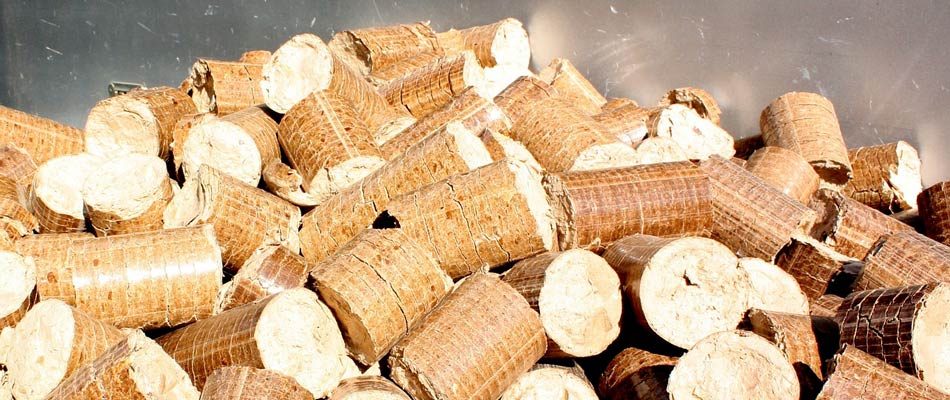Download a free Biomass Best Practices checklist to get started with biomass in your organization
Caroline Reid is the Energy Manager for the Interior Health Authority in British Columbia and a Senior Energy Engineer for Rede Energy Solutions
An age-old technology may be the solution for carbon neutral and cost-effective heating in rural facilities. Modern biomass boilers are fighting the stigma that burning wood is far from clean and green, and the potential for abundant fuel in British Columbia offers biomass energy an economic advantage.
“People tend to think of biomass as a beehive burner – they are dirty and you don’t want them in your area,” said Caroline Reid, senior energy engineer for Rede Energy Solutions.
“It is quite modern and clean compared to what people think it is.”
For anyone skeptical or not familiar with modern biomass systems, the best thing to do is see one in person.
“Once you go in and see these things, you see they are not that different than a natural gas boiler. It’s pretty simple.”
The main factor to determine if a biomass boiler is right for your facility is to consider the costs of existing fuel and future biomass fuel. For facilities that require trucking in propane fuel or if natural gas is inaccessible or expensive, there may be a business case for biomass. In addition, biomass boilers require a fuel source at a reasonable price. The ideal scenario is purchasing shavings or pellets from a nearby mill.
“If you are far from any mill or far from any pellet plant, it not necessarily the case that you don’t have a business case. But it definitely won’t be as strong if you don’t have cheap access to high quality chips or pellets.”
Considering the facility itself, biomass boilers work best under a constant load.
“Biomass boilers like to be on and run, so you need somewhere for the heat to go,” said Reid, adding biomass boilers don’t have a turndown ratio equivalent to newer condensing boilers.
“If you have a facility that has a very inconsistent load over the course of a day or over the course of a season, it definitely a harder match. If you have somewhere that doesn’t require heat in the summer, that’s great – just turn the boiler off.”
The future is bright for biomass fuel in British Columbia. There is enough wood-based fuel to create 6.41 TWh of annual electricity for the next ten years, according to a 2015 BC Hydro report – Wood Based Biomass in British Columbia and its Potential for New Electricity Generation. With a current surplus of wood waste from sawmills and roadsides, lower-cost biomass fuels are widely available.
“It’s staggering how much fuel is out there and how much goes to waste,” she said.
“I think the opportunities are endless.”
Read more about biomass projects
As a carbon neutral energy source, retrofitting an existing boiler can assist school districts in meeting emission reductions. Read about a boiler installation at a school in School District 79 on Vancouver Island.
In School District 27, a new biomass boiler now heats an elementary school and two neighbouring facilities. The pellet boiler is 95% carbon neutral and has reduced energy costs for all facilities.

Free biomass boiler checklist
From fuel sources to facility design, a successful biomass retrofit depends on a variety of factors inside the building and out. Download a comprehensive biomass boiler checklist compiled by Rede to guide your next project. Fill out the following form to receive the checklist by email:
